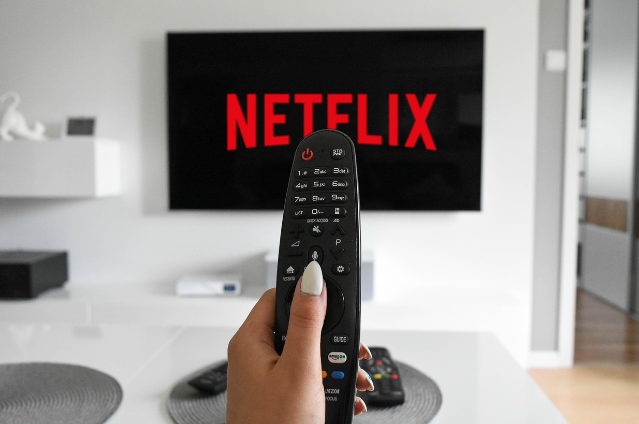
“Your brain is the remote. Your emotions, the playlist.”
It is no longer a sci-fi tagline — it is now a glimpse into the future of entertainment. Brain-computer interface (BCI) technology is moving out of the laboratory and into living rooms, as streaming platforms experiment with using the tech to adjust movies, music, and games to your mood in real time. But is this a revolution in personalization — or an intellectual overreach?
From Clicks to Cortex
For the past two decades, Netflix, Spotify, and YouTube have built recommendation systems based on your past behavior — your watch history, search input, and skip rates are logged meticulously to predict what you might enjoy next.
BCIs promise to leap beyond that. Instead of waiting for you to click on content, BCIs detect brain waves and gauge your emotional reactions in milliseconds, adjusting the material accordingly. Imagine being in the middle of a thriller scene where the music intensifies because your brain waves suggest boredom — or a rom-com offering you a different ending based on how emotionally attached you are to the characters.
According to a MarketsandMarkets report, the global BCI market — valued at $2.1 billion — is expected to reach $5.3 billion by 2030, with entertainment as a “key emerging vertical.”
Entertainment That Feels You
BCIs work by detecting EEG (electroencephalography) signals via headbands or low-electrode brain implants. These signals are decoded into emotional or cognitive states — boredom, excitement, confusion, even empathy — which algorithms then map using machine learning.
Dr. Samantha Liu, a neuroscientist at MIT’s Media Lab, explains:
“We’ve reached a point where neural data can be decoded with enough precision to adapt narrative structures in real time. It’s like co-directing a film with your subconscious mind.”
A 2023 University of Sussex study found that participants who watched a neuro-adaptive short film scored 28% higher in immersion than those who watched a static narrative.
From Sci-Fi to Streaming Reality
Neuro-adaptive entertainment has been quietly developing in gaming. Nevermind (2015) used biofeedback to raise or lower horror game difficulty based on player anxiety. Now, consumer EEG devices like Neurable’s Enten earbuds or the NextMind brain-sensing band make streaming compatibility possible.
Industry insiders say platforms are already prototyping what some are calling “NeuroFlix.” Imagine a Netflix category For Your Brain Today, where every episode changes as you watch.
But moving from experimental to mainstream is tricky. Gaming is inherently interactive, while films risk losing narrative cohesion if altered too heavily in real time.
Personalization vs. Manipulation
While hyper-tailored entertainment sounds appealing, critics warn of ethical pitfalls. Neural data could be exploited to keep viewers hooked, much like short-form apps that tap into dopamine-driven engagement loops.
Privacy is another major concern. Neural data doesn’t just reveal what you watched — it could expose core fears, desires, and mental health patterns.
Dr. Alan Richter, a neuroethicist at the University of Toronto, warns:
“Once companies can read your emotional state, the temptation to manipulate rather than entertain becomes immense. Without strict regulation, we risk turning entertainment into neural engineering.”
Public Fascination and Unease
Social media reaction is split. On Reddit’s r/Futurology, one user wrote:
“Imagine never having to scroll for something to watch — it just knows. That’s the dream.”
Meanwhile, a viral tweet with 42,000 likes described the concept as “Black Mirror in a test run.” TikTok users have parodied “NeuroFlix” with sketches of rom-coms abruptly turning into action films mid-scene.
A New Creative Frontier — If We’re Careful
BCI-driven entertainment could redefine our relationship with media — shifting from us adapting to what’s on screen, to the story adapting to us.
If handled ethically, NeuroFlix-style platforms could:
- Create deeper emotional immersion in narratives
- Adjust pacing for neurodiverse viewers
- Personalize learning media for education
Without guardrails, however, it risks amplifying the worst parts of the attention economy — hyper-targeted engagement designed not to tell better stories, but to maximize profits.
